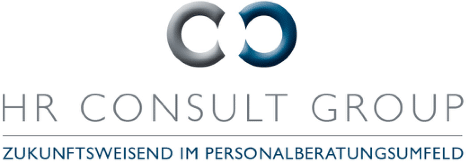The "time to hire" and "time to fill" are metrics that are crucial for evaluating the efficiency and effectiveness of the recruitment process in companies. But what exactly do these terms mean, how do they affect the company and what solutions are available? In this blog article, we take a detailed look at these aspects and discuss how executive search companies like Senator Partners can optimize recruitment processes.
Basic explanation
Time to hire refers to the time it takes from first contact with a potential candidate to acceptance of the job offer. This metric measures the efficiency of the selection process and is an indicator of a company's competitiveness in the labor market.
Time to fill, on the other hand, refers to the time it takes to fill an open position - from the publication of the job advertisement to the final filling. This key figure provides information on how quickly a company can react to personnel requirements.
Recruitment process
The recruitment process typically begins with the identification of personnel requirements and the creation of a job advertisement. This is followed by the publication of the advertisement, the collection and review of applications, interviews, reference checks and finally the selection and recruitment of the suitable candidate.
The process can be divided into several phases:
- Preparation: Creation of the job description and definition of the requirements.
- Recruitment: advertising the position and actively searching for candidates.
- Selection: Applicant screening, interviews and assessment.
- Employment: Preparation of quotations and conclusion of contracts.
Influencing the time to hire and time to fill
Several factors can influence the time to hire and time to fill:
- Complexity of the position: Specialized positions often require more time to fill.
- Availability of candidates: In certain industries or regions, it can be more difficult to find suitable candidates.
- Efficiency of the recruitment process: A well-organized and well thought-out approach can speed up the process considerably.
- Company image: An attractive employer attracts more and more qualified applicants, which shortens the duration of the selection process.
Costs and risks
A long time to fill can result in significant costs, including loss of productivity, overtime costs for existing employees and potential loss of revenue. There is also a high risk that highly qualified candidates will drop out during a long recruitment process and look elsewhere.
Solutions: Executive Search from Senator Partners
An effective solution to these challenges is offered by executive search, as carried out by companies such as Senator Partners. Executive search is a specialized recruitment service that focuses on the targeted search and selection of executives and highly qualified specialists. Senator Partners is characterized by the following features:
- Targeted approach: Thanks to a broad network and in-depth market knowledge, specific candidates can be approached directly.
- Efficiency: The use of state-of-the-art technologies and proven methods speeds up the recruitment process.
- Quality: Thorough pre-selection and evaluation of candidates ensures that only the best talent is presented.
- Discretion: Confidentiality is crucial, especially for high-ranking positions, and this is guaranteed by experienced consultants.
Conclusion
The metrics of time to hire and time to fill are crucial for the performance of a company's recruitment process. A fast and efficient process minimizes costs and risks and ensures access to highly qualified talent. By using executive search, as offered by Senator Partners, companies can optimize these processes and strengthen their competitiveness on the job market. This not only leads to open positions being filled more quickly, but also to a better fit between candidates and long-term satisfaction for both parties.




